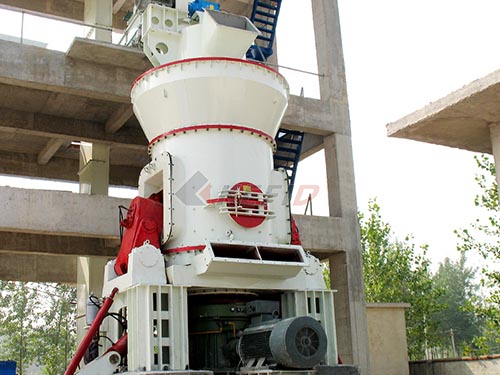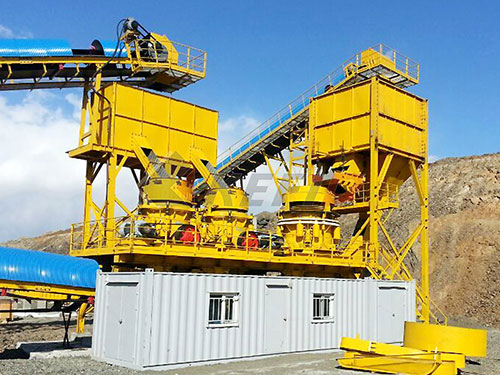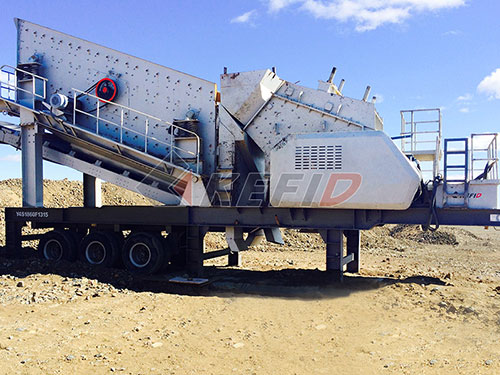
The Real Cost of Replacing a JCI Kodiak Cone Crusher in Malaysia: Beyond the Price Tag

Replacing a core component like a cone crusher is a significant capital expenditure for any Malaysian quarry or mining operation. When that crusher is a workhorse like the JCI Kodiak series, known for its robustness and efficiency, understanding the true replacement cost involves looking far beyond just the initial invoice price. Several critical factors unique to the Malaysian market significantly influence this investment.
1. The Machine Itself: Model & Configuration Drives Base Cost
Model Variants: Kodiak cone crushers come in various sizes (e.g., K200+, K300+, K400+, K500+) and configurations (e.g., standard fine, short head coarse). Larger models designed for higher tonnage obviously command a higher base price than smaller ones.
Technology Level: Newer generations (like the Plus models) often feature advanced automation (Kodiak Control System), enhanced tramp iron relief, and improved chamber designs. These technological upgrades increase the initial cost but offer significant operational benefits.
Options & Customization: Costs rise with added options like automated setting adjustment (ASRi), specific liner profiles, specialized metallurgy for components, or custom guarding requirements.
2. Logistics & Importation: The Journey to Malaysia
Freight & Shipping: Transporting heavy machinery from manufacturing origins (typically North America or regional assembly points) to Malaysia involves substantial ocean freight costs. Container fees, bulk shipping rates, fuel surcharges (bunker adjustment factors – BAF), and port congestion all play volatile roles.
Import Duties & Taxes: Malaysia imposes import duties on heavy machinery. While specific rates can vary based on classification and trade agreements (like CPTPP), businesses must factor in:
Import Duty (% of CIF value – Cost, Insurance, Freight)
Sales Tax / Service Tax (SST) (% applied post-duty)
Customs processing fees
Accurate HS Code classification is crucial to avoid delays and incorrect duty assessment.
Insurance: Comprehensive marine cargo insurance covering the full value during transit is essential but adds to the landed cost.
Local Handling & Transport: Costs include unloading at port (stevedoring), customs clearance agent fees, inland transportation via specialized heavy-haul trailers from port to site, and potentially crane hire for final placement.
3. Installation & Commissioning

Leave a Reply